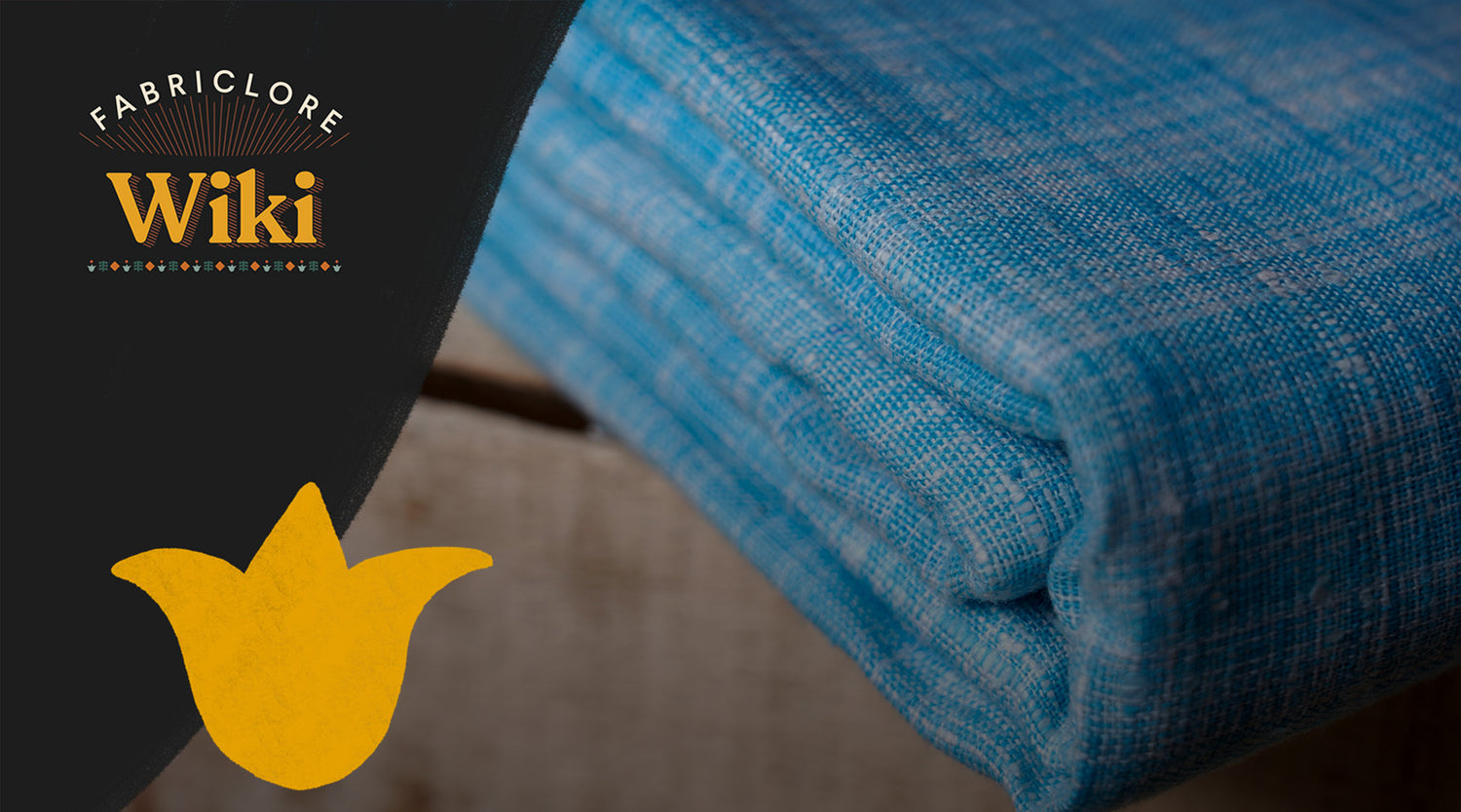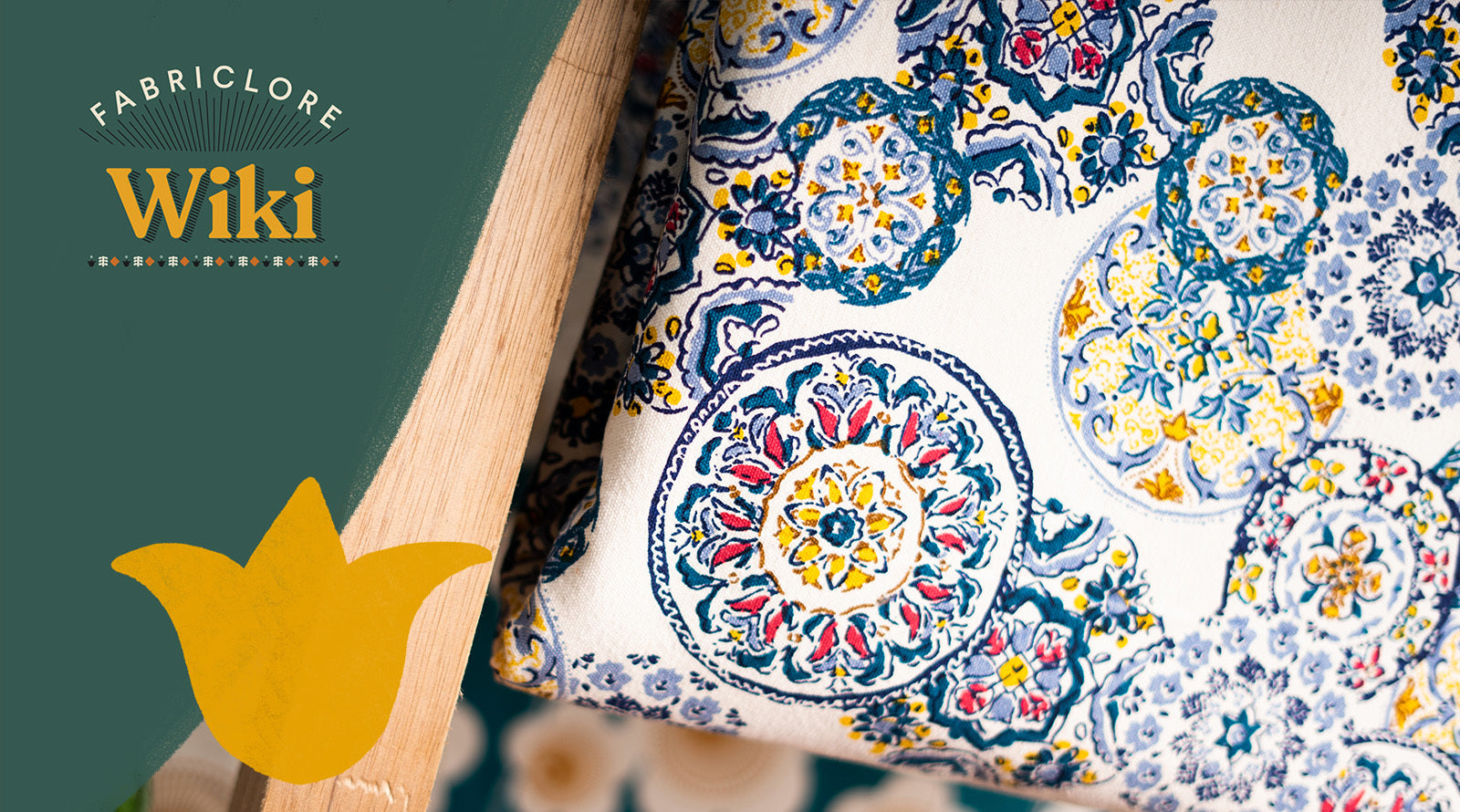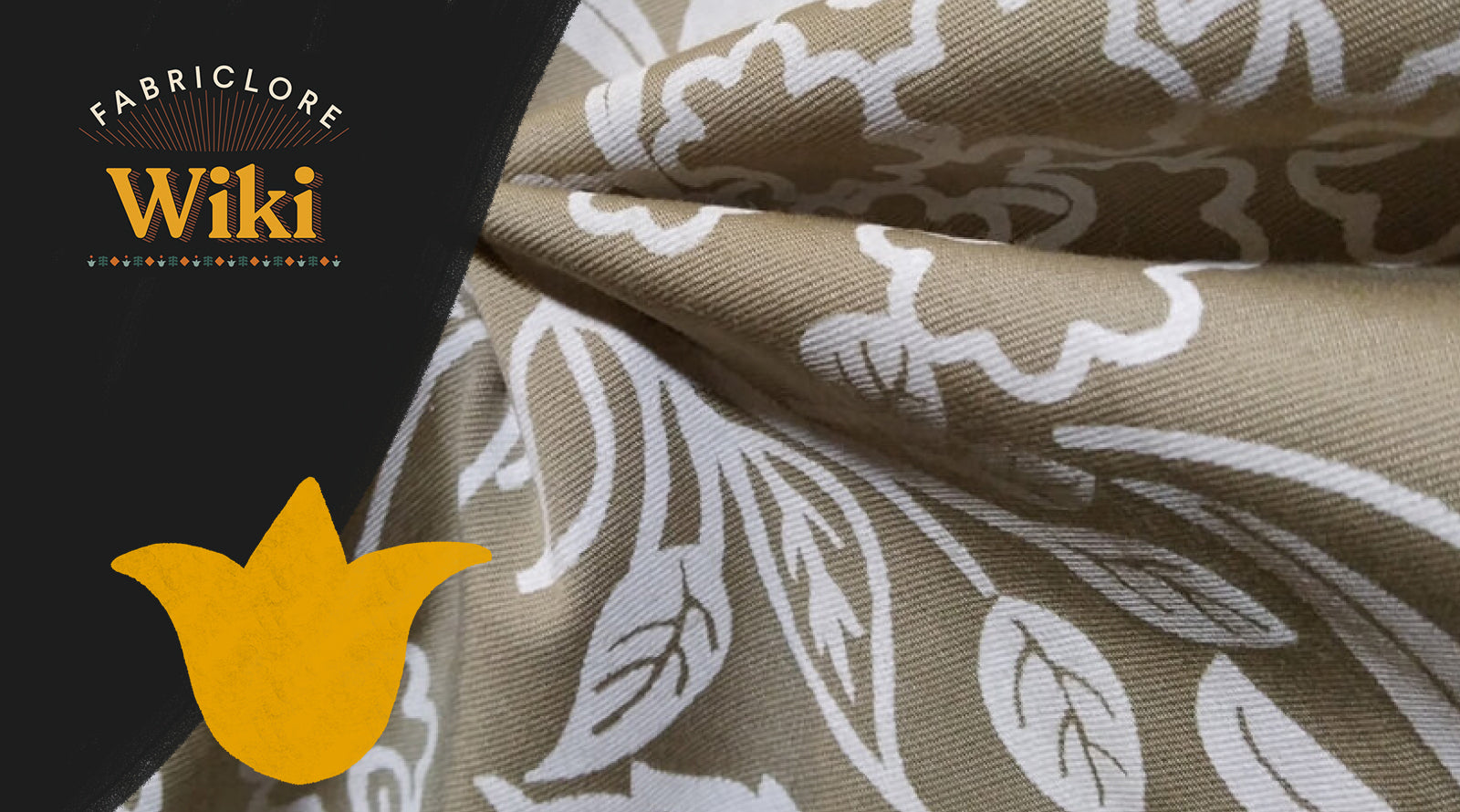What is Khadi?
- Khadi is naturally hand-woven fabric.
- Widely used in India, Pakistan, and Bangladesh.
- Commonly khadi is woven with cotton and also uses silk and wool which are spun on a charkha.
- It has a versatile property cool in summers and warm in winters.
- Khadi is being promoted in India by the Khadi and Village Industries Commission and the Ministry of Micro, Small, and Medium Enterprises.

History
- The first Khadi fabric was crafted when the Boycott movement commenced in India. As the 'Swadeshi Movement' began, foreign goods were shunned.
- This movement was highly publicized, leading to an alternative to British textiles. Gandhi Ji was of the belief that more than sales, this handwoven Khadi fabric would bring about better changes to the daily lives of people.
- He also encouraged people to weave their yarn and wear it with pride to establish and maintain the heritage of the country. This understated fabric was a way of highlighting the exploitation policies by the British.
- “If we have the ‘khadi spirit’ in us, we would surround ourselves with simplicity in every walk of life. The ‘khadi spirit’ means infinite patience. Those who know anything about the production of khadi know how patiently the spinners and the weavers have to toil at their trade, and even so, must we have patience while we are spinning the thread of Swaraj.”
- Later, in the year 1925, the All India Spinners Association commercially launched the Khadi fabric. Advanced weaving techniques emerged and continued to flourish even after independence.

What Makes it Stand Out?
|
Texture |
This fabric has a rugged texture. Starch is applied to it to keep it firm and stiff. |
|
Durable |
The fabric is very strong and does not easily wear out. |
|
Sustainable |
Organic, natural, and fashionable fabric. |
|
Quality |
With every wash, the quality of the fabric is enhanced, and as you keep washing it with use, the fabric enriches more and more. |
|
Versatile |
The versatile khaki fabric has the unique property of keeping the wearer warm in winter and cool in summer. |
Application and Usage
|
Clothing |
|
|
Accessories |
Handbags, slings, etc |
|
Home Furnishing |
Handkerchiefs, cushion covers, bedsheets, etc. |
New Age Innovations
- KVIC (Khadi and Village Industries Commission) is known for planning and promoting the development of Khadi fabric. After the fabric was amassed considerable fame, the organization worked diligently to improve the techniques and offer employment to Indian artisans.
- With dynamic advancements, Khadi fabric is now available in multiple variations. With handwork ranging from Kantha to Block print, this fabric captivates beauty with its subtle weaves.
- The styles that can be crafted from Khadi are not limited to a Nehru jacket anymore. You can now choose from a wide range of shirts, flared pants and dresses.
- The fabric has huge demand in the international market, especially in Western countries.

How to Judge the Authenticity?
- Take the end of the Khadi fabric and twist it in the direction of the yarn if the thread tightens then it is the original Khadi.
- Take the fabric against the light and observe the slight difference in density and large transparency.
- Touch-test will be an excellent test to understand Khadi fabric.
- Authentic khadi has the KVIC(The Khadi and Village Industries Commission) logo.

Care Instructions
- For longer life it is best to hand wash Khadi garments. If required, machine washes on a gentle cycle with mild detergent, but tumble drying is to be avoided as it may break the fibers and the garments might lose their shape.
- Line drying works best.
- For certain garments that are tie-dyed and block printed, dry cleaning will be required for the first few washes. Washing is to be done inside out, and for such colors that have a tendency to bleed more. Washing separately would be safe.
- Use a warm iron.





